Movie Review – Mad Max: Fury Road
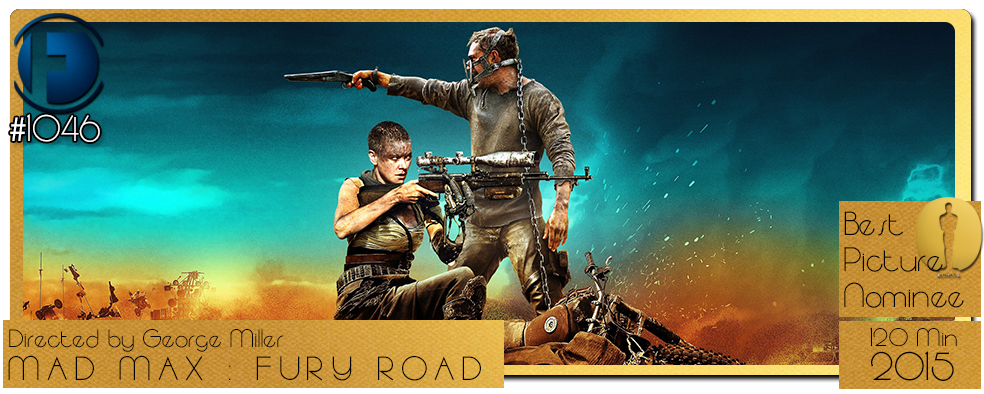
Principal Cast : Tom Hardy, Charlize Theron, Nicholas Hoult, Hugh Keays-Byrne, Rosie Huntington-Whiteley, Riley Keough, Zoe Kravitz, Abbey Lee, Courtney Eaton, Josh Helman, Nathan Jones, John Howard, Richard Carter, Angus Sampson, iOTA, Megan Gale, Gillian Jones.
Synopsis: In a stark desert landscape where humanity is broken, two rebels just might be able to restore order: Max, a man of action and of few words, and Furiosa, a woman of action who is looking to make it back to her childhood homeland.
******
A lovely day indeed.
I doubt it would be drawing too long a bow to suggest that the iconic cinematic portrayal of a post-apocalypse world would be the 1979 Australian action thriller, Mad Max. Spawning two immediate sequels, Mad Max 2 (aka The Road Warrior) and Mad Max: Beyond Thunderdome, the batshit crazy world of Max Rockatanski made a star of lead Mel Gibson, and put the Aussie film industry on the map. In the twenty year gap between 1985’s Thunderdome and Fury Road, Miller also directed The Witches Of Eastwick, Lorenzo’s Oil, Babe: Pig In The City, and the eponymous Happy Feet franchise. Along the way he’s also produced, and was at one point only months from shooting a live-action Justice League movie for Warner Bros, before it all fell in a heap. Miller is a director/producer who has a specific vision – look at his films, and you can tell he’s not just cribbing or meandering or taking a paycheck; each of his films mean something, each of his films have a vision that cannot be denied. So to find the director hitting his peak at aged 70, with the release of Fury Road, the fourth bonkers instalment of the Mad Max saga, was a crazy mix of justified amazement, and satisfaction. It’s a return to the well, so to speak, that continues to pay dividends, for both Miller and the audience. Minus Mel Gibson, Miller’s modern take on Mad Max returned the crazy world of one man’s loony imaginative fiction, and as it seems everyone is keen to note, blew audiences away.
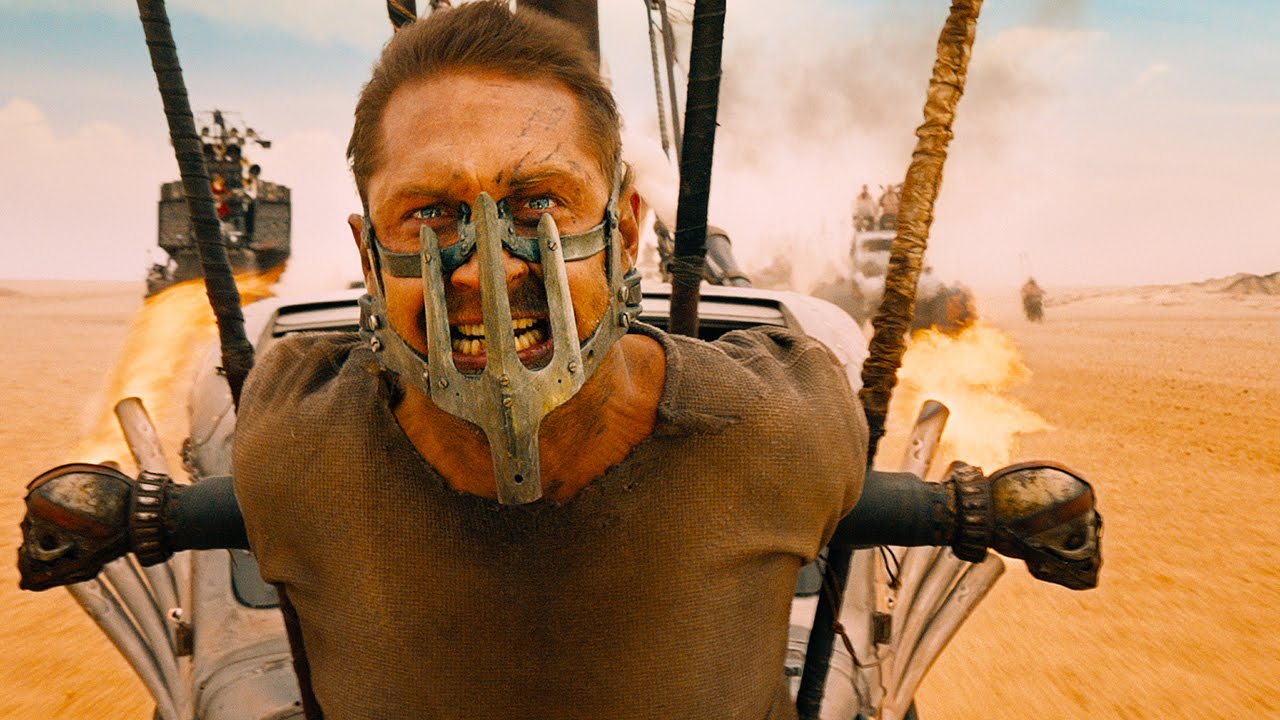
After decades away from the wasteland, George Miller’s Mad Max: Fury Road bursts back onto the screen with a relentless ferocity rarely seen in modern blockbuster filmmaking. Drenched in noise, speed, and fire, Miller’s fourth entry in the franchise reinvigorates the post-apocalyptic genre with blistering energy and astounding craft. Narratively sparse but visually overwhelming, Fury Road follows Max Rockatansky (Tom Hardy) as he becomes swept up in a desperate escape across the desert, led by the fiercely determined Furiosa (Charlize Theron). Hardy’s Max is a brooding, animalistic figure, haunted and broken, while Theron’s Furiosa emerges as the film’s real driving force — a woman seeking redemption in a world teetering on the edge of collapse.
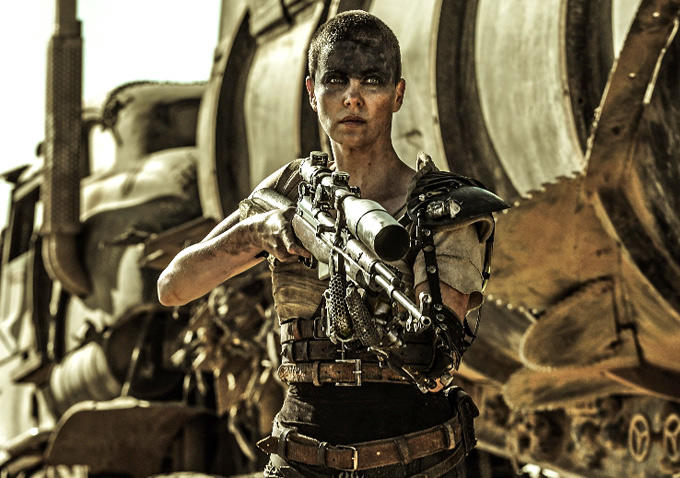
Miller’s world-building is extraordinary. Every vehicle, every costume, and every battered character feels born of brutal necessity. From the towering War Rig to the absurd Doof Wagon, every design choice feels deliberate, practical, and grounded in the film’s scorched setting. The production design, led by Colin Gibson, is as imaginative as it is grotesque, offering a stunningly immersive experience. What sets Fury Road apart is its relentless commitment to visual storytelling. Dialogue is sparse, yet character arcs are crystal clear. The film’s thematic undercurrents — survival, freedom, hope — emerge through action rather than exposition. In a cinema landscape cluttered with overwrought narratives, Miller strips away the excess, relying instead on pure cinematic language: sight, sound, and motion.
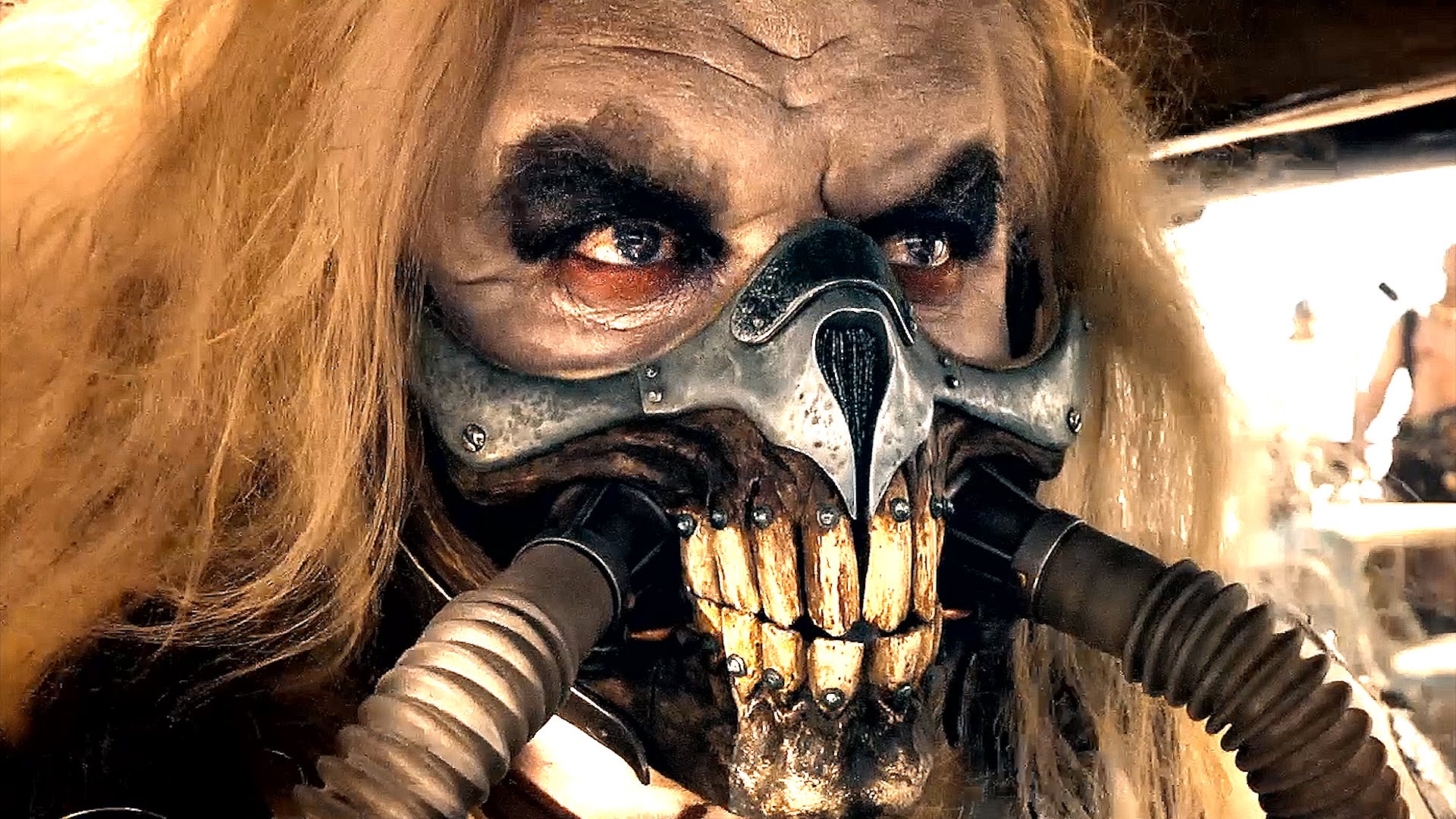
Performance-wise, Hardy delivers a largely internalised portrayal of Max, allowing Theron the spotlight. Her Furiosa is a modern cinematic icon — layered, furious, vulnerable. Nicholas Hoult is excellent as Nux, a fanatical War Boy whose journey from zealotry to selflessness provides one of the film’s most touching moments. Hugh Keays-Byrne’s Immortan Joe, adorned in grotesque breathing apparatus and flowing white hair, is a menacing physical presence without descending into cartoonish villainy. Technically, Fury Road is flawless. John Seale’s cinematography captures the dusty apocalypse with vivid precision, heightening the surrealism of the world without ever losing clarity. Margaret Sixel’s editing, rapid and rhythmic, ensures the film’s non-stop action is coherent and dynamic. Junkie XL’s pounding, tribal score perfectly complements the savagery unfolding on screen.
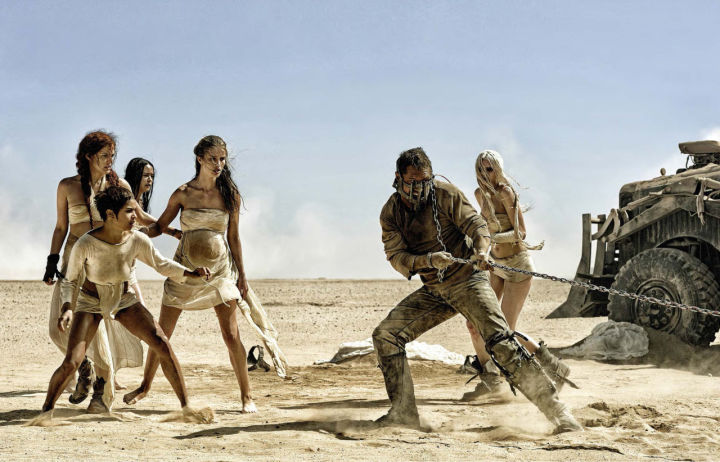
More than just an action film, Mad Max: Fury Road feels like a pure expression of cinema itself — primal, visceral, and thrilling from beginning to end. It refuses to hold the audience’s hand, demanding they keep up or be left behind in the dust and blood. George Miller’s return to the franchise is nothing less than a career-defining achievement. Fury Road is a roaring, brutal symphony of chaos and beauty, a masterclass in how to create cinematic spectacle without sacrificing artistry or soul.

LOL! Amazing review! Probably your best ever.
I'm glad you found that secret tape of Miller and those non-descript studio types. I can't wait for the next Mad Max film. There's no way it can top Fury Road, but I'd like to see them try.
They don't need to top it, they just need to keep going with the "world" they've created again. Expand and explore, I hope.
Thanks for the props, man, I really loved writing this one! 😉
Well. Your audio clearly must be genuine as it makes perfect sense of the movie!
But.
Happy Feet.
A film I loathe…
Made by the same man who made Fury Road?!?
(Which was awesome…)
?
That does not compute!
Actually, I find it shocking you don't like Happy Feet more than the contradictory nature of Miller's choices of film! LOL!!!
Great review! Glad you agree it's the best film of the year so far!
Thanks man. Wow, who knew Miller swore so much, eh? LOL
Ha you crazy Aussies!